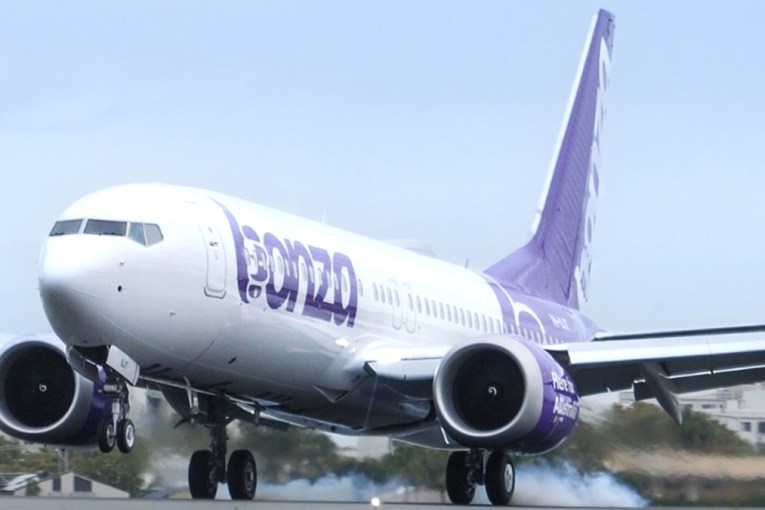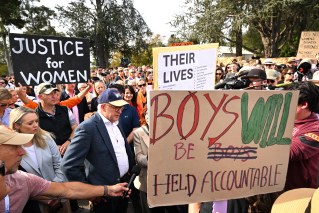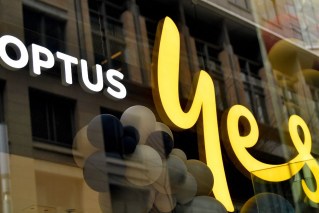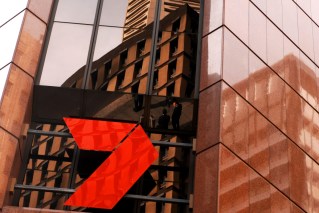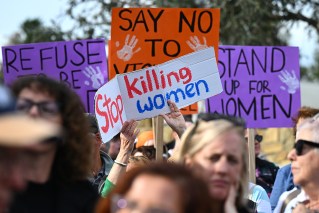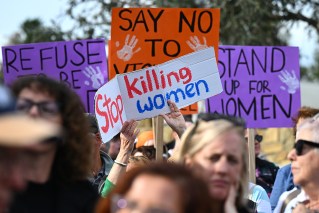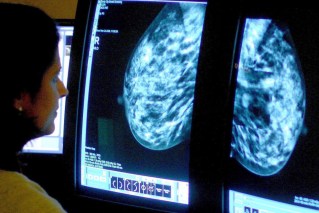Closing the Gap: What does it mean, and how are we doing?

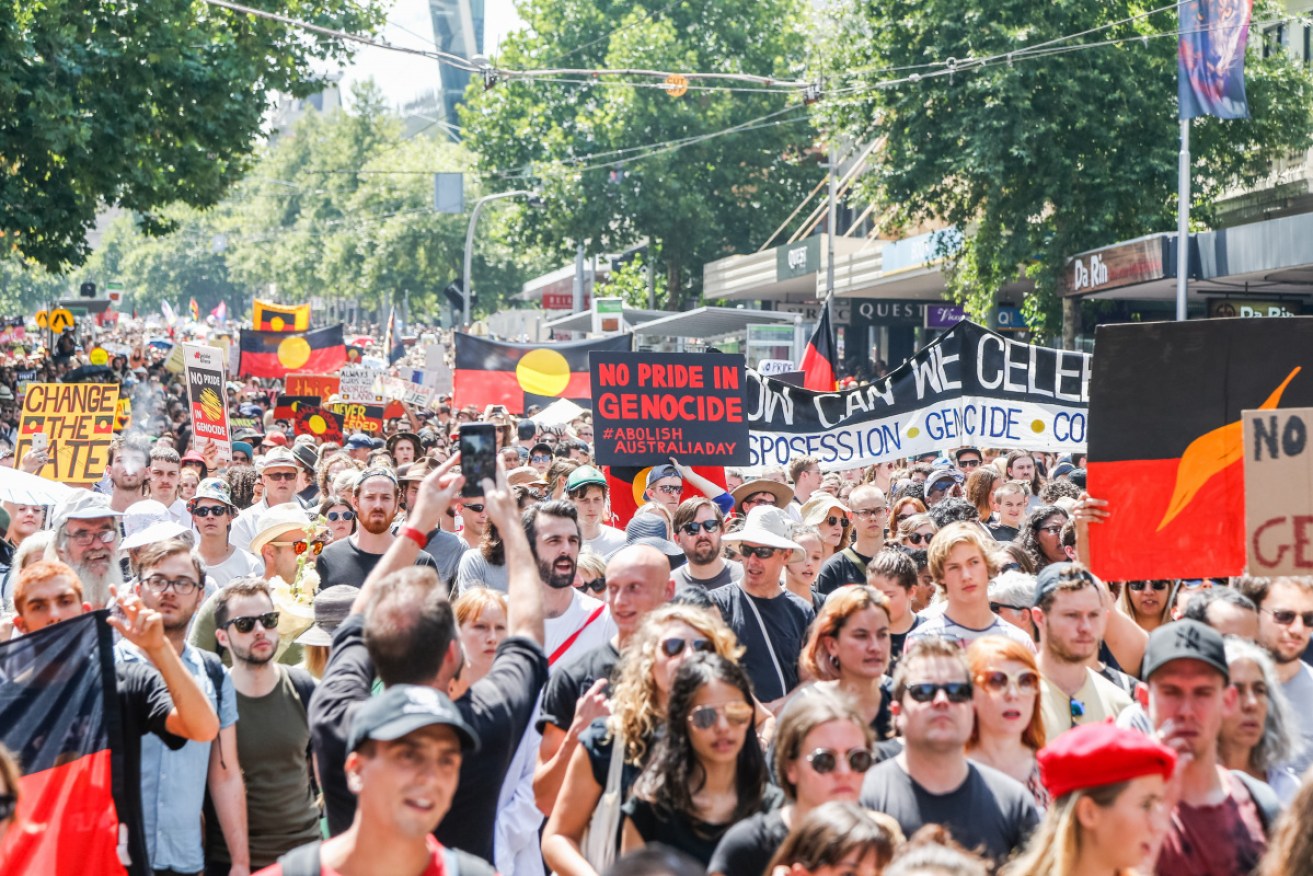
Thousands of protesters gathered in Melbourne on January 26 to stand up for Indigenous rights. Photo: Getty
An Indigenous person born in Australia today is far less likely to have a good education, a job, or a healthy body than a non-Indigenous person.
They are also more likely to die at a younger age – many before they are five years old.
In 2008, then-prime minister Kevin Rudd delivered his famous ‘Apology’ speech to the Stolen Generations.
Since then, successive governments have tried to achieve a series of targets aimed at fixing these shocking statistics.
This strategy is known as ‘Closing the Gap’. So far, it has largely failed.
The 12th Closing the Gap report, tabled in Parliament on Wednesday, showed only two out of seven targets were on track.
Indigenous children still lag behind non-Indigenous children in literacy, numeracy and writing skills, and Indigenous employment rates trail far behind the rest of the country.

Some Indigenous Australians in remote communities like Hoppy’s Camp near Alice Springs continue to live in appalling conditions. Photo: Getty
Improvements to Indigenous health has been about the same or smaller than those for non-Indigenous Australians, meaning the gap isn’t getting any smaller.
So, where do we stand in 2020?
- Read the full report here
